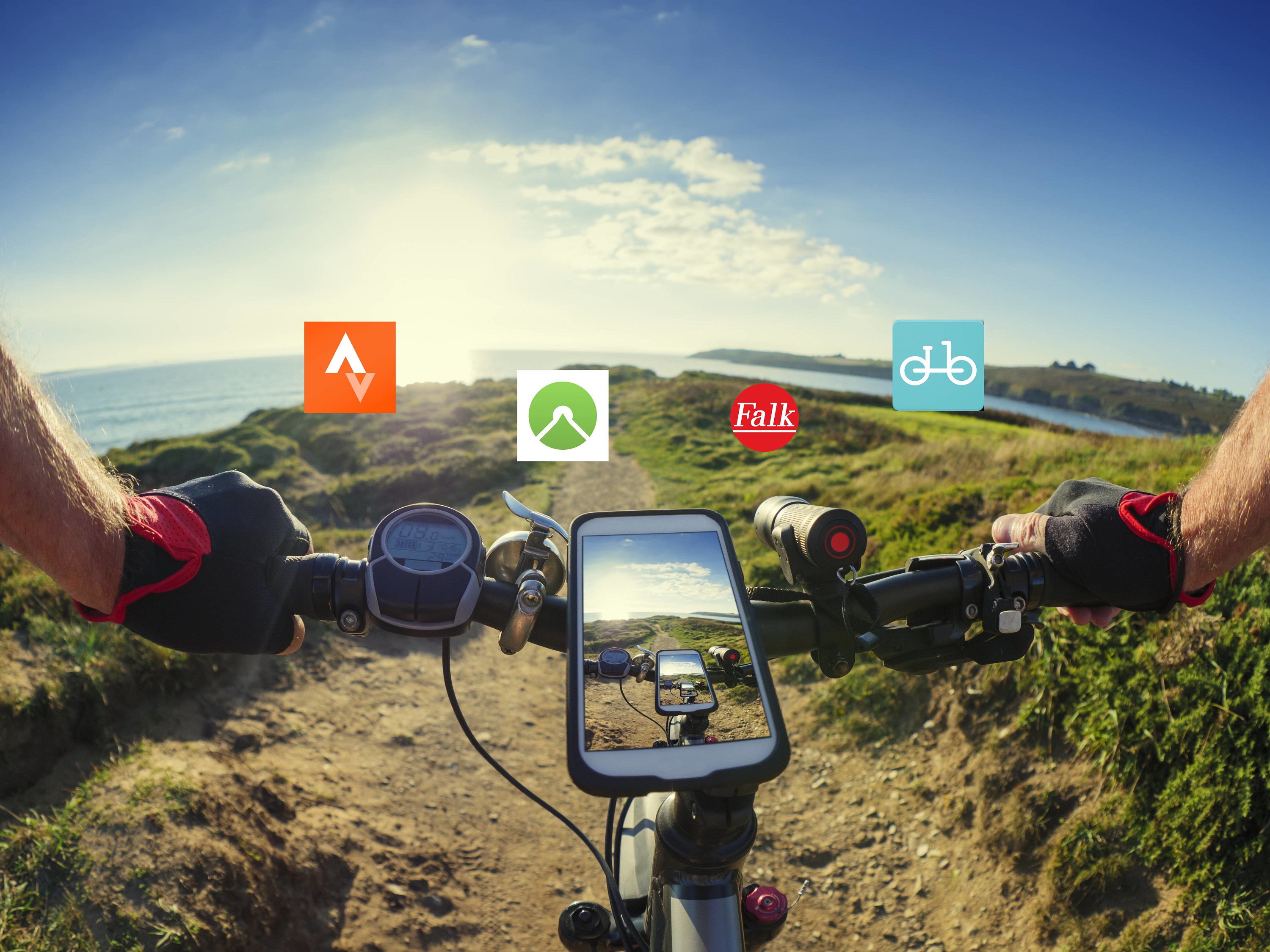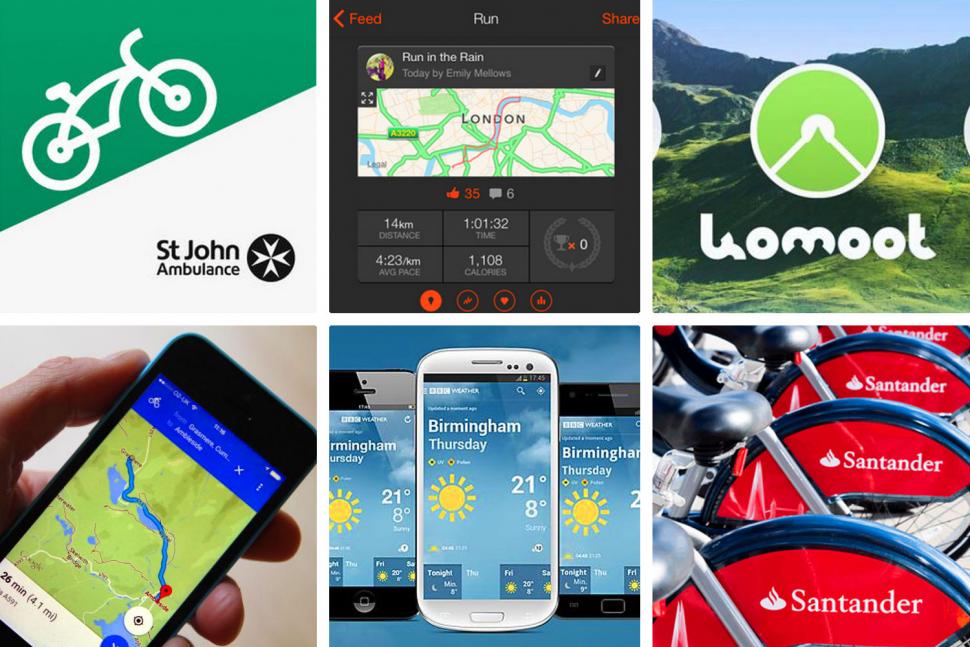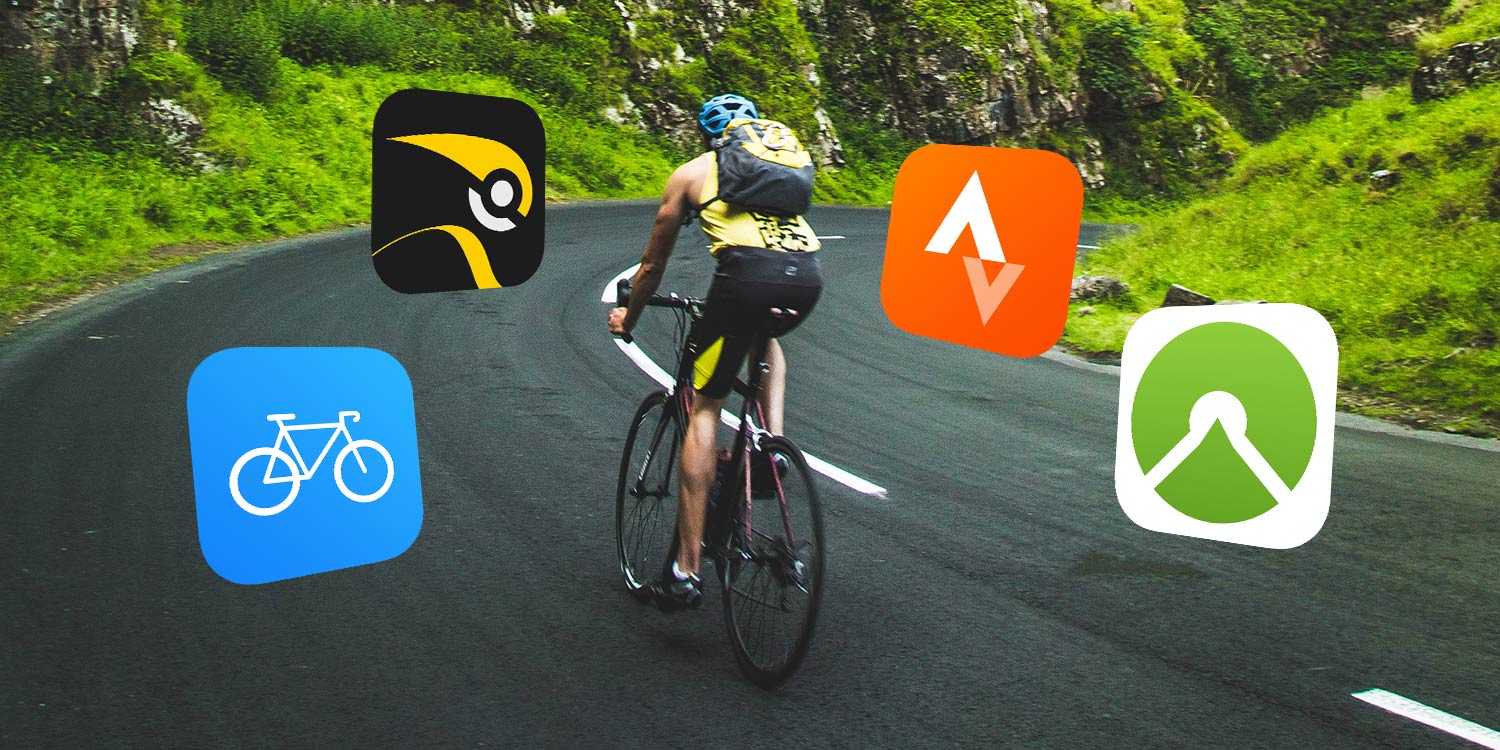Cycling apps have revolutionized the cycling experience, offering a myriad of features that enhance performance, safety, and enjoyment. From tracking rides to providing personalized insights, these apps empower cyclists to elevate their cycling journeys like never before.
In this comprehensive guide, we delve into the world of cycling apps, exploring their essential features, market landscape, user experience considerations, data collection and analysis, integration with other technologies, health and safety implications, and future trends that are shaping the cycling experience.
Cycling App Features and Functionalities: Cycling Apps

Cycling apps are packed with features and functionalities designed to enhance the cycling experience, from tracking rides and mapping routes to analyzing performance and connecting with other cyclists. Here’s a comprehensive overview of the essential features found in cycling apps:
Tracking and Navigation
One of the core features of cycling apps is the ability to track rides, including distance, speed, elevation, and duration. This data can be used to monitor progress, set goals, and analyze performance. Many apps also offer navigation features, allowing cyclists to plan and follow routes, find their way around unfamiliar areas, and receive turn-by-turn directions.
Performance Analysis
Cycling apps can provide detailed performance analysis, including metrics such as power output, cadence, and heart rate. This data can be used to identify areas for improvement, track progress over time, and compare performance with other cyclists. Some apps also offer personalized training plans and coaching features to help cyclists achieve their fitness goals.
Social Connectivity
Many cycling apps include social connectivity features, allowing cyclists to connect with friends, share rides, and participate in challenges. This can help cyclists stay motivated, build a community, and discover new routes and riding partners.
Emerging Trends in Cycling App Features
The cycling app landscape is constantly evolving, with new features and functionalities being introduced all the time. Some of the emerging trends in cycling app features include:
- AI-powered insights:AI algorithms are being used to provide personalized insights into cycling performance, such as recommendations for training and recovery.
- Gamification:Cycling apps are incorporating gamification elements, such as challenges, rewards, and leaderboards, to make cycling more fun and engaging.
- Integration with smart devices:Cycling apps are increasingly integrating with smart devices, such as bike computers, heart rate monitors, and power meters, to provide a seamless and comprehensive cycling experience.
User Experience and Design Considerations
User experience (UX) plays a pivotal role in the success of cycling apps. An intuitive and engaging user interface can enhance the overall experience for cyclists, encouraging them to use the app regularly and derive maximum benefit from its features.
Here are some guidelines for creating a user-friendly and visually appealing cycling app:
Visual Design
The visual design of the app should be aesthetically pleasing and consistent with the overall brand identity. Use high-quality images and graphics that are relevant to cycling and create a visually engaging experience. Consider the use of vibrant colors and eye-catching typography to make the app stand out.
Layout
The layout of the app should be well-organized and easy to navigate. Use a clear and concise navigation menu that allows users to quickly find the features they need. Group related features together and provide clear labels and icons to make it easy for users to understand the purpose of each section.
Typography
The typography used in the app should be clear and easy to read, even on small screens. Use a font that is legible and visually appealing, and ensure that the font size is appropriate for the content being displayed. Consider using different font weights and styles to create visual hierarchy and draw attention to important information.
Data Collection and Analysis

Cycling apps collect various data to provide insights into a cyclist’s performance, progress, and recovery.This data includes:
GPS tracking
Records the cyclist’s location, speed, and distance traveled.
Heart rate
Measures the cyclist’s heart rate, which can indicate intensity and fitness level.
Power output
Calculates the cyclist’s power output, which reflects their strength and endurance.This data is analyzed to provide insights such as:
Performance
Cyclists can track their progress over time, identify areas for improvement, and set goals.
Progress
Apps can show cyclists how their performance has changed over time, helping them stay motivated and make adjustments as needed.
Recovery
By monitoring heart rate and power output, apps can help cyclists determine their recovery time and avoid overtraining.
Privacy Concerns
Data collection by cycling apps raises privacy concerns. Cyclists should be aware of the data being collected and how it is being used. Apps should have clear privacy policies that explain what data is collected, how it is used, and who has access to it.
Cyclists should also be able to control what data is shared and with whom.
Integration with Other Technologies

Cycling apps can seamlessly integrate with various other technologies, such as smartwatches, bike computers, and fitness trackers. This integration enables seamless data sharing and device connectivity, enhancing the overall cycling experience.
Device Connectivity, Cycling apps
Cycling apps can connect with smartwatches, allowing cyclists to track their performance metrics, receive notifications, and control music playback directly from their wrists. Similarly, bike computers provide advanced cycling-specific data, such as speed, cadence, and power output, which can be integrated with cycling apps for a comprehensive analysis.
Data Sharing
The integration of cycling apps with other technologies enables the seamless sharing of data between devices. This allows cyclists to track their progress, analyze their performance, and share their rides with friends and family across multiple platforms. The consolidated data provides a holistic view of their cycling journey, helping them make informed decisions about their training and fitness goals.
Future Integrations
As technology continues to advance, we can expect even greater integration between cycling apps and other technologies. Potential future integrations include:
- Real-time navigation and route planning
- Integration with AI-powered training assistants
- Smart home connectivity for automated post-ride recovery
These integrations will further enhance the convenience, functionality, and effectiveness of cycling apps, making them an indispensable tool for cyclists of all levels.
Health and Safety Implications

Cycling apps have emerged as valuable tools in promoting the health and safety of cyclists. By leveraging technology, these apps offer a range of features that enhance visibility, improve navigation, and provide emergency assistance, contributing to a safer cycling experience.
Enhanced Visibility
Cycling apps can integrate with smart lights and reflective gear, allowing cyclists to increase their visibility on the road, especially during low-light conditions. These features alert motorists to the presence of cyclists, reducing the risk of accidents.
Improved Navigation
GPS-enabled cycling apps provide accurate and real-time navigation, guiding cyclists through unfamiliar routes and helping them avoid dangerous areas. This reduces the likelihood of cyclists getting lost or disoriented, which can lead to accidents.
Emergency Assistance
Cycling apps often incorporate emergency features that can be activated in case of an accident or distress. These features can automatically send alerts to designated contacts or emergency services, providing timely assistance and reducing response times.
Future Trends and Innovations
The cycling app industry is constantly evolving, with new trends and innovations emerging all the time. These innovations are driven by advances in technology, such as artificial intelligence (AI), augmented reality (AR), and virtual reality (VR). These technologies have the potential to revolutionize the cycling experience, making it more immersive, engaging, and personalized.
One of the most exciting trends in the cycling app industry is the use of AI. AI can be used to power a variety of features, such as personalized training plans, route recommendations, and performance analysis. AI-powered apps can also help cyclists to track their progress and stay motivated.
AR and VR are also having a major impact on the cycling app industry. AR apps can overlay digital information onto the real world, providing cyclists with real-time data and navigation assistance. VR apps can create immersive cycling experiences that allow cyclists to ride in virtual worlds.
The Future of Cycling Apps
The future of cycling apps is bright. These apps are becoming increasingly sophisticated and personalized, and they are playing a more and more important role in the cycling experience. As technology continues to advance, we can expect to see even more innovative and groundbreaking cycling apps emerge in the years to come.
Final Wrap-Up

As the cycling app industry continues to evolve, we can expect even more innovative and groundbreaking features that will further enhance the cycling experience. From AI-powered insights to immersive VR experiences, the future of cycling apps is poised to transform the way we ride, train, and connect with the cycling community.
Top FAQs
What are the key features of cycling apps?
Cycling apps typically offer a range of features, including GPS tracking, performance analysis, navigation, social connectivity, and safety features.
How can cycling apps improve my cycling experience?
Cycling apps can enhance your cycling experience by providing real-time data on your performance, helping you track your progress, and connecting you with other cyclists.
Are cycling apps safe to use?
Most cycling apps are safe to use, but it’s important to be aware of the privacy implications of sharing your data. Be sure to read the app’s privacy policy before using it.